Visual disturbances in children
definition
The most common visual disorders in children are myopia (Myopia), Farsightedness (Hyperopia) or the squint (Strabismus). The visual defects can be both acquired and congenital. In order to recognize visual disturbances at an early stage and to treat them, an eye test is carried out at U9 at the age of five before entering school.
In the other U-examinations (child screening), attention is paid to strabismus (strabismus). If a strabismus is detected, the child is referred to an ophthalmologist or neurologist in order to get to the bottom of the cause and to correct it. Strabismus can be recognized by the pediatrician in the first days of life. This makes it quick and easy to treat.
Read more on the topic: Myopia in children

causes
The causes of vision problems in children can be different. In general it can be said that the congenital myopia (Myopia) and farsightedness (Hyperopia) are due to an eyeball that is too long or too short. This means that the light does not reach the retina and so the image cannot be displayed in focus. This can also arise over time.
Other causes may be a relaxation of the ciliary muscle, which is necessary for adjustment (Accommodation) serves the lens. However, this rarely happens in childhood, but rather in adulthood.
Strabismus is the result of an imbalance in the muscles in the eye. The eye has a total of six muscles that control eye movements. If one muscle predominates, it can lead to strabismus. The cause of a strabismus can also be a cranial nerve failure. Certain cranial nerves control the eye muscles. The problem of strabismus must be treated by the ophthalmologist or neurologist.
You might also be interested in the topic: Farsightedness in children
Concomitant symptoms
Accompanying symptoms of hyperopia can be headache. Since the children have to work very hard to read, for example, they often have headaches. Another symptom can be bad grades in school. Because children cannot read things on paper or on the blackboard, they may not be able to do these tasks properly.
If the strabismus is pronounced, it can also lead to headaches. In addition, it can happen that the children can no longer participate in everyday life, as the poor eyesight due to the strabismus is too pronounced.
Read more on the topic: Headache in child
treatment
Myopia is treated with glasses. Minus glasses are used for this. The glasses should be adjusted by an ophthalmologist. The eyesight in the distance is getting worse and worse through the minus lenses. Therefore, glasses should not under any circumstances overcorrect the eyesight so that the eye has the chance to work itself. It is possible that if you have myopia, you will have to wear glasses for life.
The hyperopia is also corrected with glasses. Plus glasses are used here. Wearing glasses should be done every day here, since, in contrast to myopia, regular wearing of glasses can help to improve. This can mean that after a certain time the eyes can work again without support.
Strabismus belongs in the hands of a professional. Depending on the cause, an ophthalmologist or a neurologist should be consulted.
Read more about this: What to do when children squint?
Duration and prognosis of a visual impairment
The duration or prognosis depends on the type of visual defect. There is usually no cure for congenital visual defects, but they can be treated well. Myopia (Myopia) can be corrected with glasses, but it usually requires lifelong wear. The farsightedness (Hyperopia) can be cured if the glasses are worn regularly. Strabismus is more difficult to treat, it depends on the cause of the strabismus.
With all visual disturbances, it is important that the child is regularly presented to the ophthalmologist in order to recognize and react to any improvements or deteriorations. In addition, care should be taken to ensure that the doctor's recommendations are followed, even if this is sometimes difficult to implement in children.
In general, however, it can be said that visual disturbances in children are mostly not a danger and they are easy to correct. In the rarest cases there is a neurological problem, which is usually associated with other neurological disorders.
Read more on the topic: What are the causes of strabismus?



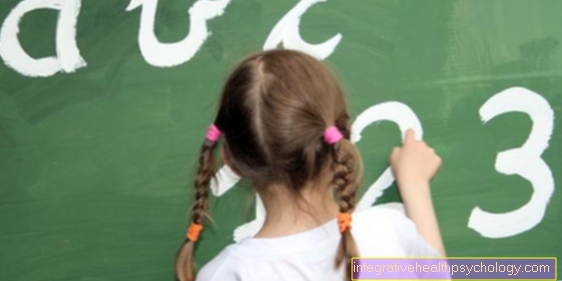
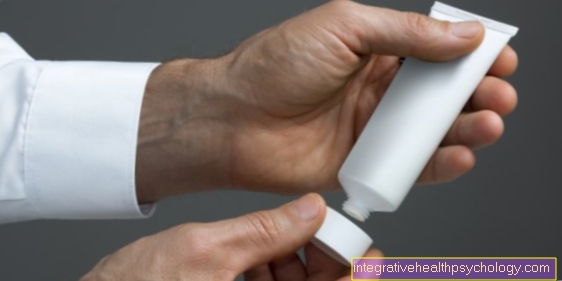



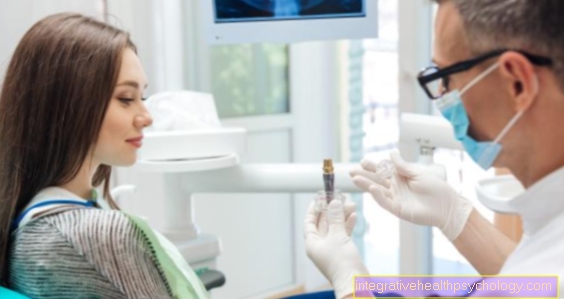



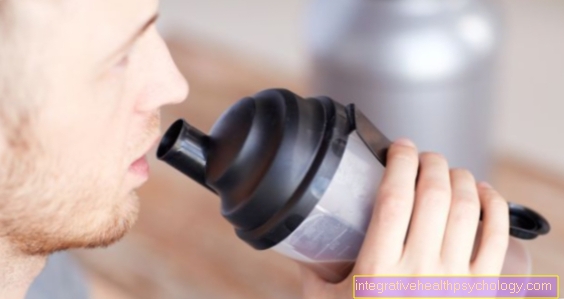


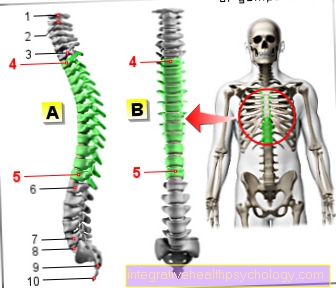

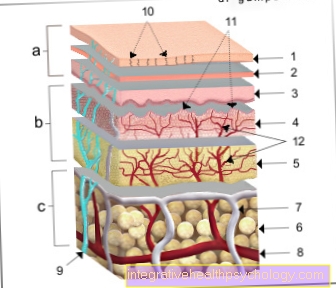

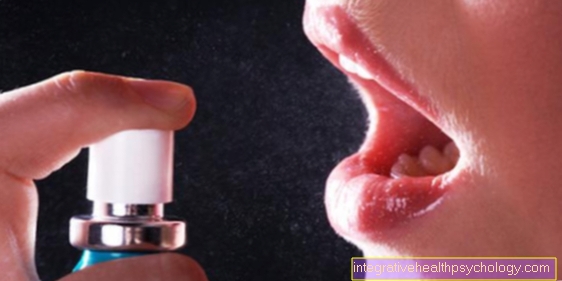
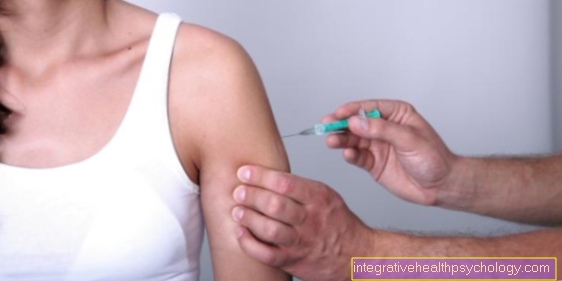


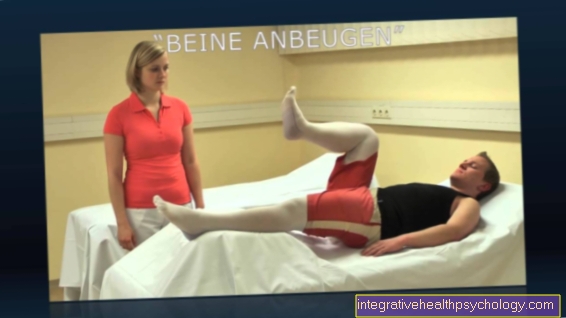


.jpg)


